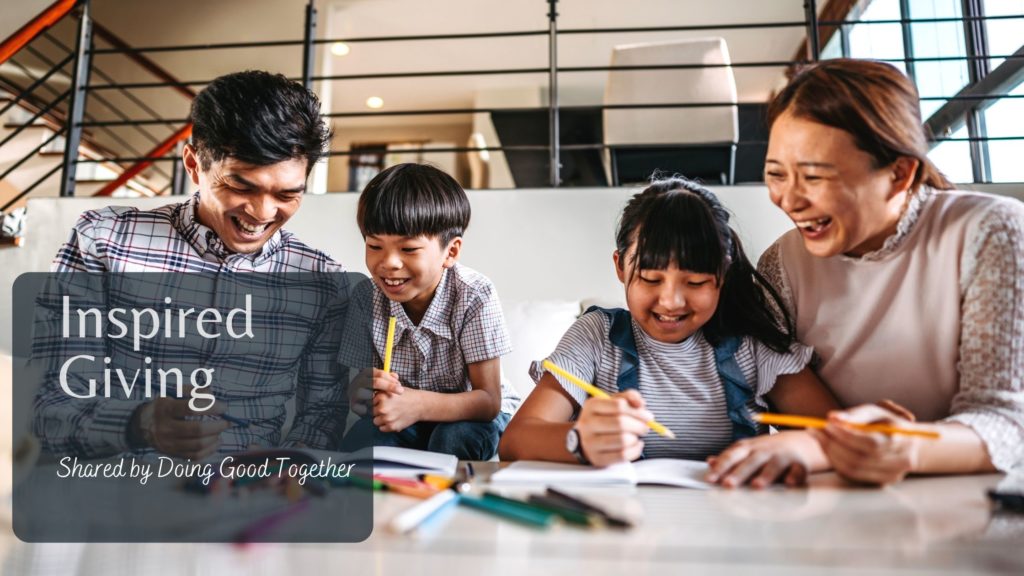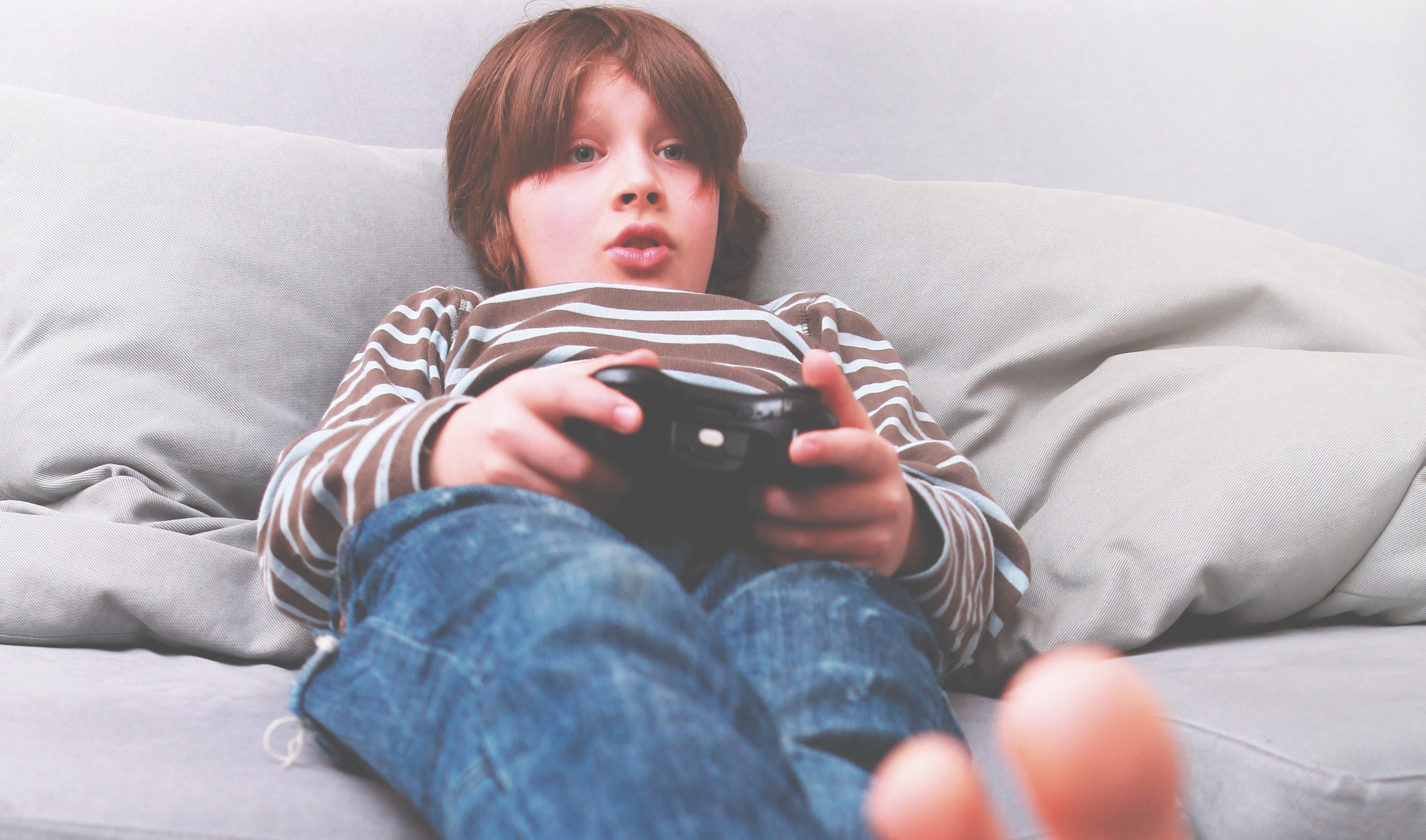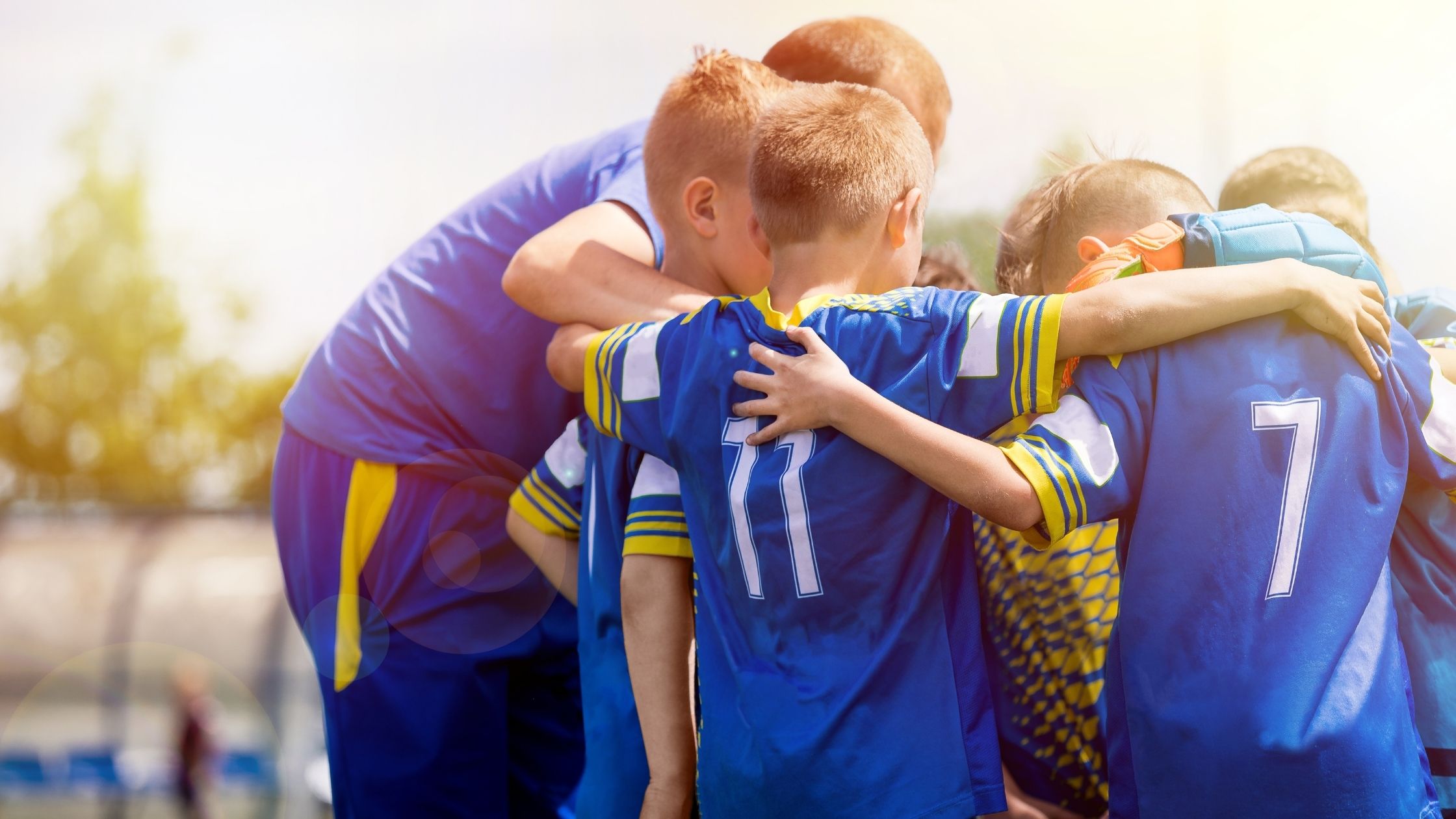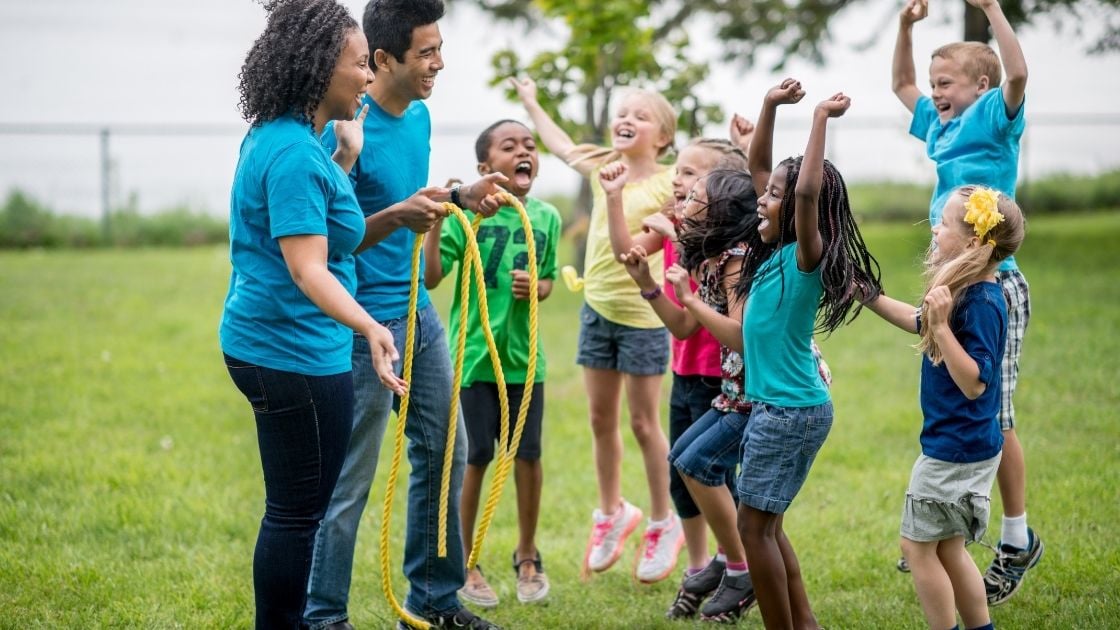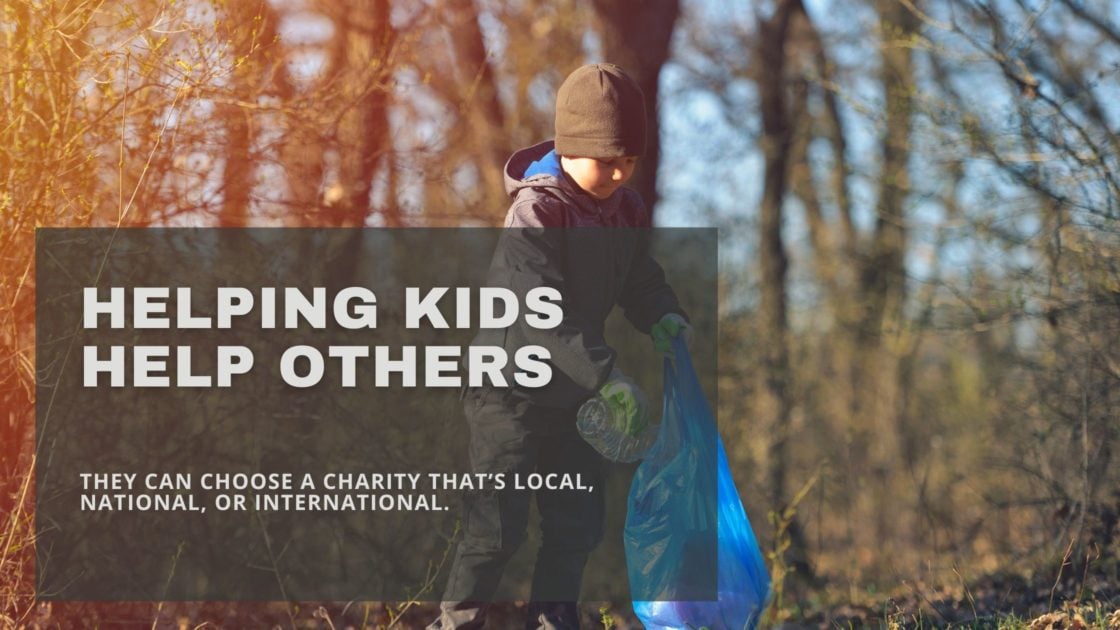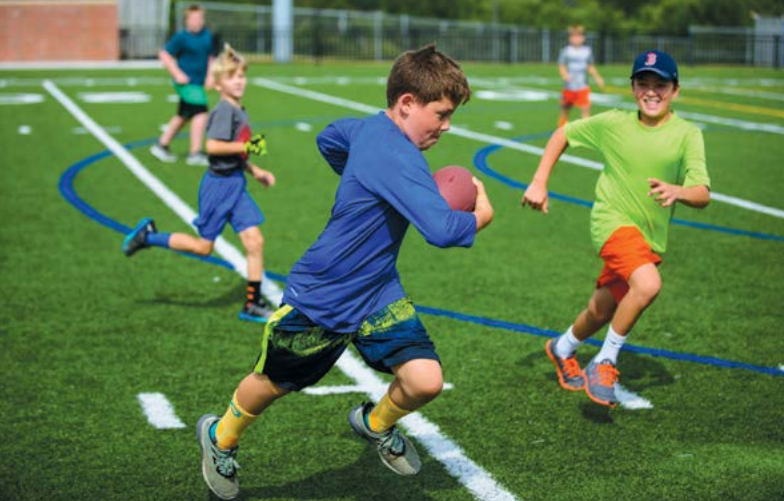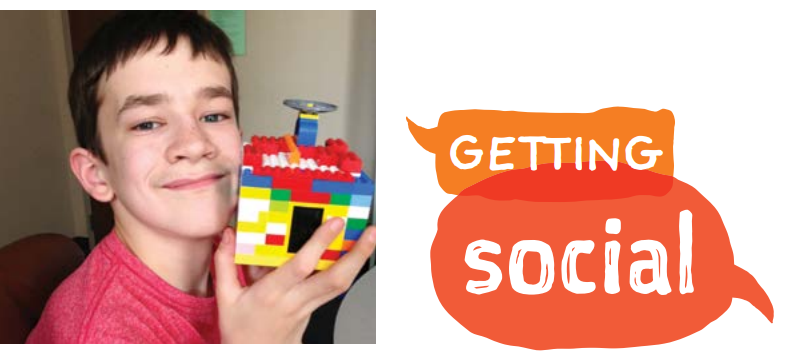When it comes to cultivating good kid habits — reading every day, saying please (and thank you) and cleaning up your own messes — it’s really never too young to get started.
Now add to that list the habit of kindness: Researchers have found that caring and compassion skills can be practiced and, like a muscle, get stronger with use. Even toddlers and preschoolers can learn from simple family activities such as making cards or sharing a batch of cookies you made together. Here are seven ideas to get you started with your kids.
In the process, you’ll be teaching the critical values of gratitude, empathy and community responsibility. As you kick off the new year with your kids, consider choosing one or more of these activities to start working their kindness muscles.
All are designed to be woven (almost) effortlessly into your family’s everyday routine. Most important, they’re meant to inspire meaningful, ongoing conversations that can build compassion and, perhaps, even strengthen family bonds.
Create a card-making station
Fill a box with paper, stickers, stamps, glue and markers, and put it someplace handy. Call it the family card-making station and encourage your child to spend free minutes making cards — a get-well greeting for an ill family member, a cheery card for an elderly neighbor, a thank-you note for your garbage hauler.
If your child takes to this project, several websites are in need of cards that they can distribute to people in need. There are children with serious illnesses eager for some happy mail (sendkidstheworld.com), isolated elders who’d like colorful drawings (colorasmile.org) and soldiers eager for messages (amillionthanks.org). Talk to your kids about how the recipients will feel when receiving their masterpieces.
Make a pot for pennies
Create a “charity box” using a jar, coffee can or shoebox, embellished with homemade decorations. Then have each family member donate a certain amount of his or her allowance each week, or simply put in loose change.
When it’s full, decide together where to donate the money you’ve collected. Choose a nonprofit with a mission your child can understand, like a local animal shelter, or kid-friendly charities such as Heifer International, Family-to-Family or Kiva.
Do a nature sweep
Become stewards of your child’s favorite patch of nature.
Pick your favorite walk and do a one-time sweep. Have everyone pick up five pieces of trash before playing at your local park. Make cleanup a routine event by keeping plastic bags in your “to the park” backpack. (Always wear sturdy gloves, be careful on riverbanks or near roads, have adults handle dangerous items and supervise children closely.)
Explain that litter is trash that was put in the wrong place, and that it’s ugly, costly, illegal and sometimes dangerous to animals and people. To add to the fun, visit wildernessproject.org to see how to submit an essay about your clean-up experience and get your children’s names on the organization’s Registry of Apprentice Ecologists.
Add to your grocery cart
Each time your family shops for groceries, ask your child to add an item to your cart to donate. At home, place the item in a decorated box or bag that you keep in your kitchen.
When the box or bag is full, take your kids along and drop it off. Also use your grocery store trips to prompt some meaningful conversations: Imagine together what it would feel like to be hungry. Explain why not everyone is able to get the nutritious food they require. Call 2-1-1 to find your nearest food pantry. Call ahead to find out the best time to make your delivery.
Share your baked goodies
Are you a family of bakers? Make it a habit to whip up extra cookies, brownies or muffins to donate to friends, neighbors or family members who could use some good cheer.
You might also ask a nearby care facility if they’d appreciate some homemade treats to share with residents. Have your child add a cheery card before making your delivery together.
Preach what you practice
Finally, look for any opportunity to chat about being helpers, receiving help and being part of a community. When you witness
an act of kindness, point it out to your children and let them know how much you value giving.
At the dinner table, ask questions like, “Who did you help today?” and “Who helped you today?” This kind of reflection reinforces that we’re all “givers” and “receivers,” and that the world is a better place when we help one another out.
Studies increasingly suggest that if you want your child to be successful (whether that’s defined as happiness, academic achievement, good health or social connections) “doing for others” should be high on your family’s to-do list.
These fun, meaningful activities can put your family on that path. (Find dozens more ideas at doinggoodtogether.org.)
You’ll be amazed at how routine kindnesses have the power to grow empathy, connect your family and make a real difference for your community.
Jenny Friedman is founder and executive director of the Minneapolis-based nonprofit Doing Good Together, which empowers families to raise caring, engaged children by offering unique programs and events, valuable services and fun activities that promote kindness and giving. Learn more at doinggoodtogether.org.





